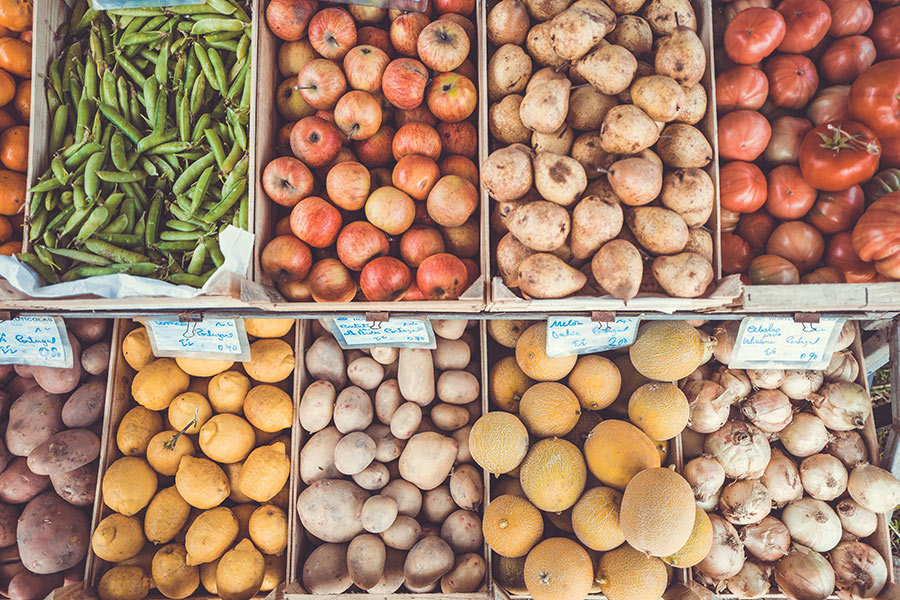Lessons in local food safety
Without the resources of large corporations, operators are taking extra steps to ensure diners’ health.
Local sourcing helps operators tell a story with their ingredients, but after an E. coli and norovirus outbreak that sickened dozens of customers, Chipotle can attest that it might not always have a happy ending. Last year, the fast-casual chain purchased 25 million pounds of local produce according to U.S. News and World Report. After the outbreak, the restaurant chain announced plans to streamline purchasing practices.
Without the means of a large foodservice supplier, homegrown operations don’t always have the same access to large-scale food safety processes. But local sourcing resonates with customers—more than a third would pay
5 percent more for an item cultivated within 100 miles of their city, according to market researcher and FSD sister company Technomic. Here’s how to capitalize on the momentum of the local-sourcing movement while maintaining food safety.
Study up
Rose Villa, a senior living community in Portland, Ore., devoted to sustainability as a lifestyle, partners with suppliers located within 20 miles of the facility for organic produce and meat. “The biggest food safety challenge is knowledge—knowledge of the product and knowledge of your vendor or local source,” says Steven Brower, Rose Villa’s director of food and beverage. He says smaller, do-it-all farms do not always have the technology and systems in place to combat food safety challenges. Buying from multiple suppliers of fresh, preservative-free foods can increase the difficulty in tracking contamination if an operator is sourcing spinach, for example, from more than one source.
“You counter these challenges by asking a lot of questions and having open communication back and forth between all parties,” Brower says. “When you know what your needs and your vendor’s needs are, you can then match up and create a successful relationship.” Another lesson that can be learned from Chipotle, which U.S. News and World Report says grows its purchase of local produce by 5 million pounds each year, is to start small and slow. “Pick one item and implement a trial run over a defined period of time,” Brower says.
Build up
The University of Wisconsin-Madison campus boasts more than 20 sites where students can find local food, and in 2012 built a produce-cleaning facility inside a campus event center. Located near a loading dock, the U-shaped setup is equipped with sinks, lettuce spinners and cutting equipment, but fell into disuse when the dining program moved its focus to funding building projects and streamlining purchasing.
With this infrastructure in place, UW-Madison is once again making a move toward local. Last year, the dining team tested the space with Wisconsin-grown lettuce used in university salad bars. “We are hoping to resurrect the space and get to cleaning produce back there,” says Julie Luke, associate director of dining and culinary services for UW-Madison.
The school also has one of the few cook-chill facilities in the state, according to Luke, which she says is used to make soup and marinara sauce and has strong ties to local sourcing. “We have aspirations to buy a field of tomatoes that might get wasted at the end of the growing season in Wisconsin,” he says. “It does add an element of food safety because it’s a highly controlled system. You have to get certified at the state level.”
Train up
Los Angeles Unified School District schools have 680 on-site gardens. Each month the schools provide a Harvest of the Month item such as beets, oranges or lettuce. All sites have washing and rinsing facilities, but the produce is sent to a third party to ensure proper washing and distribution.
Conrad Ulpindo, director of LAUSD Health Education programs, says teaching food safety practices to students, teachers and even parents is key to the program’s success. “All schools are visited by farmers who are certified in food safety to teach students how to raise the product safely,” he says. It all starts with simple hand-washing and gloves.











